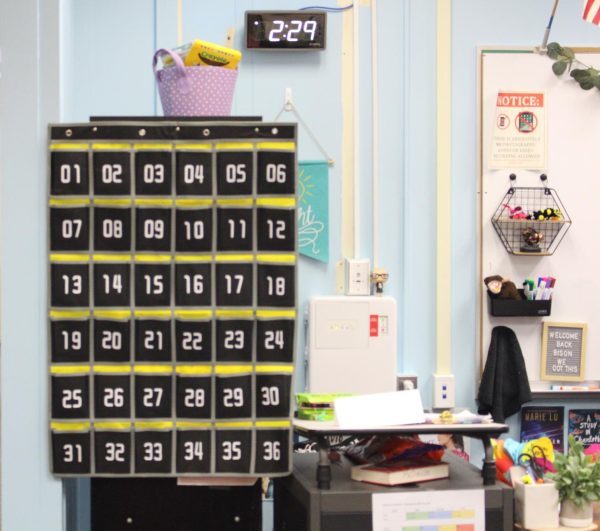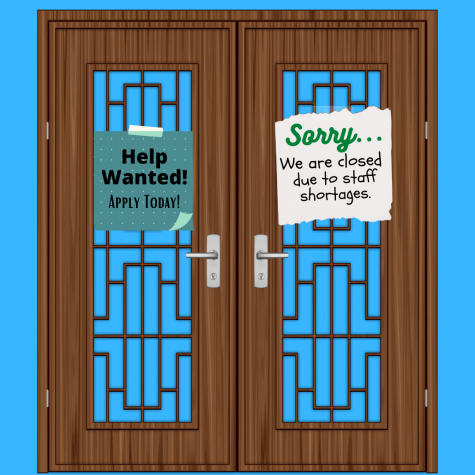Federal government shutdown impacts entire country
For 24 years, the record for the longest shutdown in American history stood at 21 days in 1995 during the Clinton administration as a result of conflict between the President and Congress over increasing Medicare funding. This record was recently overtaken by a 35 day shutdown that ended Jan. 25, 2019. Government shutdowns occur relatively often as new federal budgets are created each year, but this shutdown remains unique as a result of both its length and its motivations.
Government shutdowns are not an uncommon phenomena, with the most recent one having lasted for one day in Feb. 2018. They are the result of Congress being unable to pass a spending bill for the federal government, so any federal program deemed nonessential is shutdown. In order for a spending bill to be passed, it has to be voted on by both sides of Congress and approved by the president, a feat which becomes more difficult in highly partisan times like now.
“They’re from a divided House, Senate and White House,” AP Economics teacher Pete Duffer said. “When all three are majority Democrat or all three are majority Republican, then it’s pretty easy to pass a budget. When you have just one of the three that’s not, it takes a little bit more work.”
What has made getting a spending bill so difficult in this situation is the ongoing and controversial debate over border security. President Trump had campaigned on the promise of building a wall at the Mexican border, while Democrats in Congress have promised to not pass any bill containing funding for the project. With neither side willing to compromise, no budget was created and the government was shut down.
“The particular sticking point, the funding for the wall, is about .8 of one percentage point of overall federal spending,” AP Government teacher Zach Crandall said. “The sticking point is an overall small part of the spending bill, but I think there’s a lot of symbolic meaning behind the sticking point.”
During government shutdowns, most government employees are furloughed, meaning they’re not paid, while those deemed essential are required to continue working without pay, such as Secret Service and the Transportation Security Administration (TSA.) This has impacted roughly 800,000 government employees in the course of the Dec. 2018 shutdown, in addition to the government contractors who were left unemployed as well. Ultimately, the entire economy is weakened due to all of the people not spending disposable income.
“Eventually, government workers aren’t going to get paid,” Duffer said. “For a lot of people that don’t have much money saved up, it’s going to be really tough for them to pay their bills.”
For Americans who aren’t federal workers, government shutdowns have little direct impacts. However, it’s a controversial talking point for everyone from political news commentator Tomi Lahren to rapper Cardi B. As shutdowns drag on, politicians tend to become more willing to negotiate and find some way to come to a compromise.
“The popular opinion is that it needed to end,” junior Alex Archie said. “Shutdowns are a detriment to our country. People aren’t being paid. I’m pretty sure there’s no positive opinions about it anywhere.”
Although this shutdown came to an end with a compromise after a record breaking 35 days, the possibility of another one looms on the horizon. The new spending bill will expire on February 15 and a new shutdown will begin if no other bill is passed. This possibility is not far fetched as the argument surrounding funding the government encompasses a wider debate about security and immigration, making both sides more unwilling to compromise. Throw in a political figure as controversial as Trump, and a bipartisan solution where everyone is happy becomes even more unlikely.
“Trump is such a polarizing political figure, he’s not going to give up for what he believes in and the Democrats are not going to give up in opposing him,” Archie said. “His ideas have entrenched people on both sides and no one wants to give up their positions.”
Due to our system of checks and balances, federal spending bills can become a battlefield between political parties. With each year comes new possibilities of government shutdowns, stopping government services and leaving federal employees up in the air. Hopefully, it will be a long time until this shutdown’s record length is surpassed.
“In this very partisan divided time with Democrats now in control of part of Congress, it does seem very likely that there will be another fight in the future,” Crandall said.









